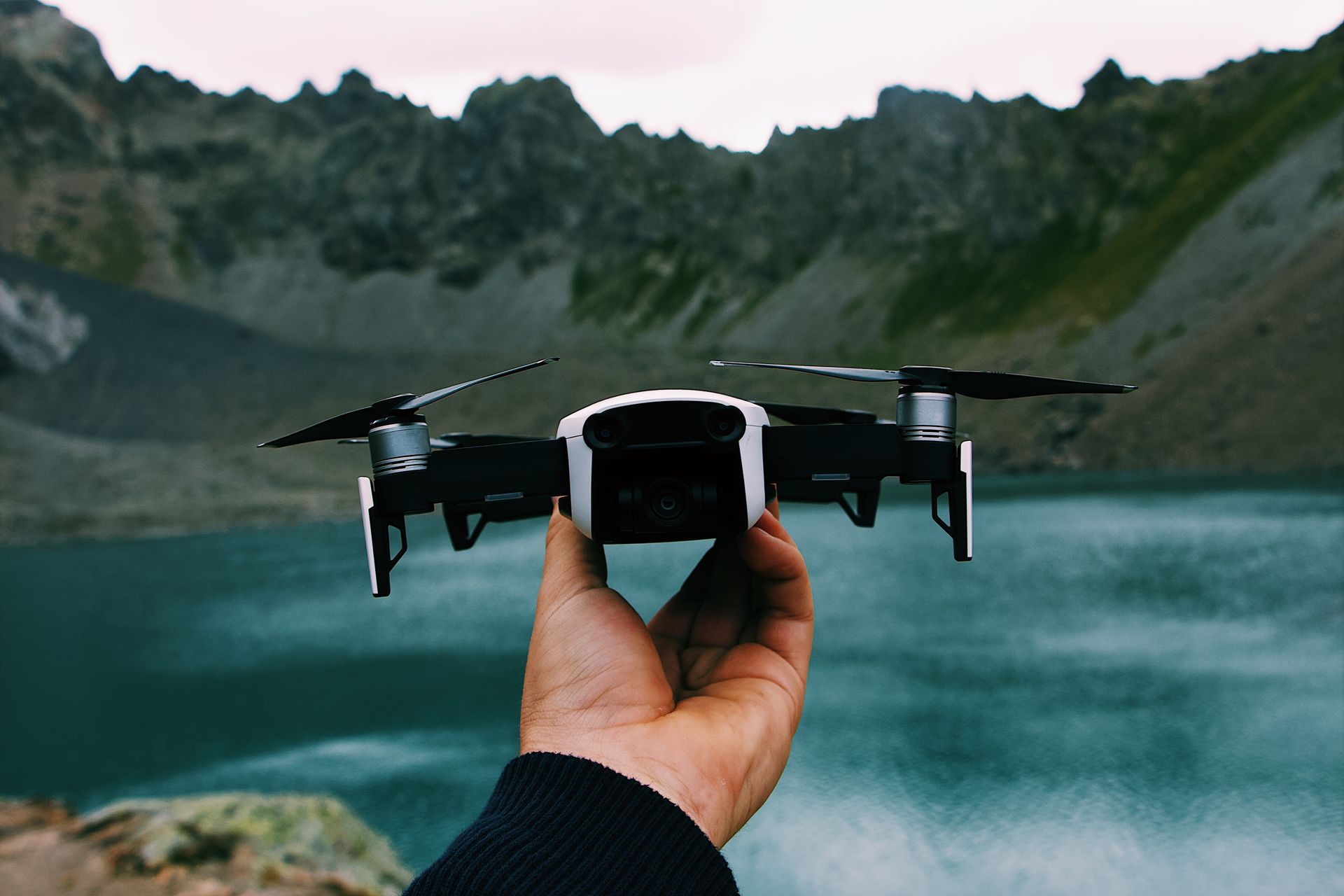Harnessing the Power of Drones and AI in Afforestation Progress Monitoring
Harnessing the Power of Drones and AI in Afforestation Progress Monitoring

As the world grapples with the effects of climate change, afforestation — the process of establishing a forest, or stand of trees, in an area where there was no forest — has emerged as an essential strategy in combating carbon emissions. But how do we effectively monitor the progress of these large-scale initiatives? The answer lies in the fusion of modern technology, specifically commercial drones and artificial intelligence (AI).
A New Perspective with Drones
Firstly, commercial drones, also known as Unmanned Aerial Vehicles (UAVs), have revolutionised the way we approach environmental surveying and monitoring. Equipped with high-resolution cameras and sensors, drones can capture comprehensive aerial images and data of vast forested areas quickly and efficiently. This aerial perspective offers significant advantages over traditional ground-based surveys, particularly in terms of scale, accuracy, and cost-effectiveness.
By providing a bird's-eye view, drones can help track the number of trees planted, identify species, assess tree health, and even detect signs of illegal deforestation activities. Importantly, they can do so across large and often inaccessible areas, making them invaluable tools in afforestation efforts.
The Role of Artificial Intelligence
While drones can collect vast amounts of data, we need efficient ways to interpret and analyse that data. This is where AI comes in. Modern AI algorithms, especially those leveraging machine learning and deep learning techniques, can be trained to process and analyse drone-captured images to extract useful information.
For instance, AI can help identify tree species based on their shape, colour, and size. It can assess tree health by identifying disease markers or signs of stress in trees. AI algorithms can also determine the rate of tree growth over time, providing valuable insights into the success of afforestation initiatives.
Moreover, AI can be programmed to detect changes in the landscape over time, helping to monitor forest expansion, identify areas of slow growth, and spot early signs of illegal deforestation.
The Synergy of Drones and AI in Afforestation Monitoring
The combination of drones and AI creates a powerful tool for afforestation monitoring. Drones provide the means to collect comprehensive, up-to-date data on afforestation projects. Simultaneously, AI allows us to interpret that data efficiently, providing actionable insights for researchers, policymakers, and stakeholders involved in these projects.
This synergy doesn't just improve the efficiency of monitoring efforts. It also enables a more proactive approach to forest management, ensuring that issues are identified and addressed quickly, thereby maximising the success of afforestation initiatives.
In Conclusion
As we continue our battle against climate change, the fusion of technologies like drones and AI offers us a valuable weapon. By providing efficient, accurate ways to monitor the progress of afforestation, we can ensure these crucial initiatives deliver their full potential in our efforts to create a more sustainable future.


